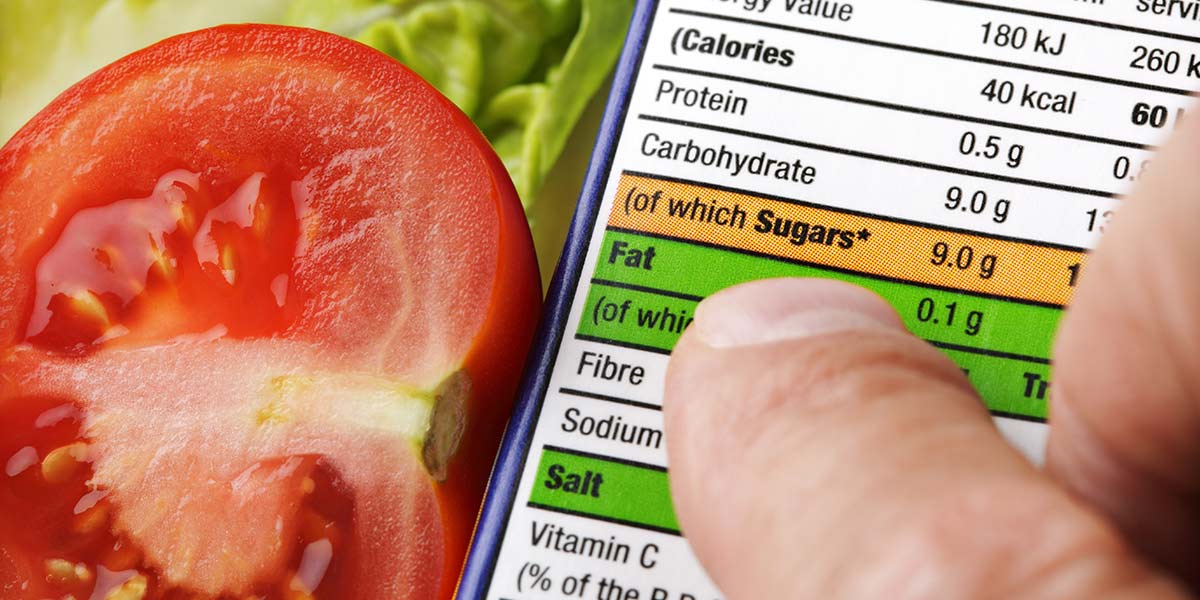Ingredient Claim Validation
What is Ingredient claim validation
An ingredient claim is a statement regarding the attributes, traits, or capabilities of a product that contains ingredients. Each ingredient is listed in descending order according to its weight in the final product on food packaging, which follows a hierarchical manner. This indicates that chemicals with the highest concentration are listed first, while those with the lowest concentrations are listed last. Laboratory analyses, document verification, and carefully designed clinical trials are the main techniques adopted for validating ingredient claims. This process involves extensive inspection to make sure that the product comprises the ingredients listed and that these are present in the exact quantities specified on the label.
Background
New product development is necessary as a consequence of recent globalization, dual responsibilities, taste preferences, and health requirements. Numerous social media influencers have been sharing products with claims recently. But this is a dangerous approach. The Food Safety and Standards (FSSAI) is the premier authority in India that has set up guidelines that must be adhered to while creating new goods.
Similarly, the U.S. Food & Drug Administration (FDA) has set stringent guidelines on health claims, nutrient claims, and structure/function claims that can be used on food and dietary supplement labels. The other regulatory authorities from the Saudi food and drug authority (SFDA) regulations also drafted guidelines for accepted, unaccepted claims and claims that are not considered to be under the responsibility of the SFDA. Validation of ingredient allegations is one of the requirements. This article aims to offer you additional information on substances, their claims, and how to verify those claims.
What are the ingredients in a food product?
To put it simply, an ingredient is any material that is used in the manufacturing of a food product. It can be as fundamental as additives or as complex as the primary components like atta or grains. Preservatives, sweeteners, coloring agents, flavorings and spices, fat replacers, emulsifiers, stabilizers and thickeners, pH control agents, acidulants, leavening agents, anti-caking agents, yeast, enzymes, firming agents, dough strengtheners, and conditioners are just a few of the ingredients used to create a food product. Unless an ingredient is exempt from the list, like an incidental additive, food manufacturers have a responsibility to list each ingredient in their products. In a food label, the ingredients must be listed in descending order based on their weight in the product.
What is a Claim in a food product?
Any statement, representation, symbol, or term that gives details regarding the usage, benefit, functions, or composition of a product is known as a claim. There are specific regulations and scientific recommendations regarding food labeling claims in every nation. In general, the type of claims—such as health, nutrient content, or functional claims—as well as non-additional claims or declarations—such as sugar-, lactose-, or gluten-free for the product of interest—and country-specific requirements may all influence the scientific requirements and substantiation. The claims are going to have an impact on the documentation and evidence required for compliance. According to the locale in which their products are being sold, manufacturers ought to understand and comply with these regulations.

What is an Ingredient Claim?
An ingredient claim emphasizes a specific component’s unique characteristics, emphasizing its potential strengths and properties. For instance, multigrain biscuits are known to reduce sugars due to their high fiber content.
Examples of Ingredient Claim
- High Fibre
- Low Sodium
- Low Fat
- Rich in Omega 3
- Rich in Vitamin C
What are the principles to be followed for the Ingredient claim?
Certain guidelines must be adhered to claim a product label.
- Claims must be accurate, significant, and free from deceptive advertising.
- It ought to assist customers in making informed product selections.
- For the claimed benefit, it should indicate how many servings of the meal should be consumed each day.
- It should be noted on the label when the claim benefit depends on the food’s preparation process.
- It shouldn’t be stated that the body won’t get adequate nutrients through a balanced diet.
Which ingredients are excluded from the ingredient claim?
Ingredients that make up less than five percent of a food product and do not affect the final result can be excluded from the ingredient list. For example, an antioxidant present in vegetable oil may not impact the final product when the oil is mixed into a cookie batter and then baked.
How to validate a claim of ingredients in a food product?
There are different methods through which the claim of an ingredient in a product can be validated.
- Verification of documents: Examine the manufacturer’s documentation to verify the ingredients and amounts utilized in the product.
- Analytical tests: To determine the presence and concentration of the constituents, qualified individuals must conduct the necessary laboratory tests following standard operating protocols.
- Clinical trials: Although this approach is regarded as the gold standard for ingredient validation, it is both expensive and time-consuming. Obtaining results from clinical studies can be a lengthy process.
Conclusion
Manufacturers of new food products have to make sure that all food safety standards are met by the ingredients they utilize, whether they are artificial or natural. They have to validate the ingredient claims to achieve this, as stipulated by regulatory bodies. For several various reasons, it is necessary to verify ingredient claims. First of all, it helps eliminate possible legal problems by ensuring adherence to regulatory standards. Second, consumers, who are increasingly looking for transparency about what they consume, are more trusting when they are given solid validation. It also improves brand integrity, which is essential for preserving a favorable reputation in an increasingly competitive sector. Lastly, validating ingredient claims assists enhance the overall quality and safety of the product, with the ultimate goal of protecting the health of customers.

Let’s create something Innovative and Delicious together
Food Research Lab strives for excellence in new Food, Beverage and Nutraceutical Product Research and Development by offering cutting edge scientific analysis and expertise.




